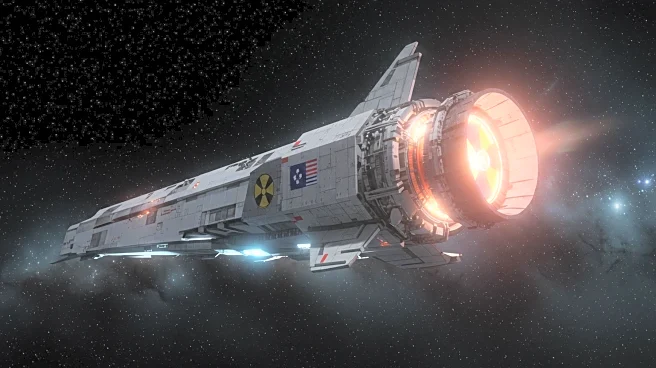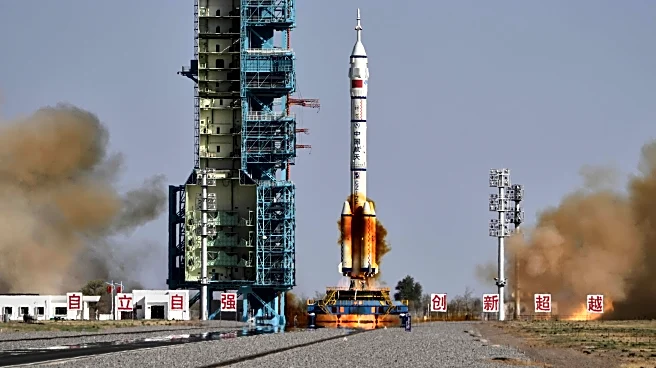Rapid Read • 7 min read
The United States is engaged in a new space race, focusing on nuclear-powered space travel, with competitors including China, Russia, and India. This race is crucial for determining leadership in space exploration, mining, manufacturing, and national security. Nuclear propulsion offers capabilities that chemical and solar power cannot match, making it essential for deep space missions and frequent lunar travel. China and Russia are advancing their nuclear space technologies, with plans for a nuclear-powered lunar base by 2030. The U.S. is responding with expedited plans for a lunar nuclear reactor and increased investment in space nuclear power systems.
AD
Mastering nuclear-powered space travel is vital for the U.S. to maintain its leadership in space exploration and secure economic and military advantages. The availability of rare earth materials on the moon and the potential for faster travel to Mars highlight the strategic importance of nuclear propulsion. The U.S. must address gaps in nuclear infrastructure and workforce development to compete effectively. Federal investment in education and training is crucial to rebuild the nuclear talent pipeline and ensure secure access to essential fuels.
The U.S. is taking steps to reclaim leadership in space nuclear technology, with NASA, the Defense Department, and the Energy Department collaborating on joint research and development. These efforts require alignment, stable funding, and stronger ties to private industry and research institutions. A unified federal framework is needed to streamline licensing and maintain safety and nonproliferation standards. The U.S. must also lead in setting international norms for nuclear technology in space to prevent exclusion zones on the lunar surface.
AD
More Stories You Might Enjoy












